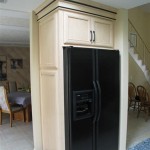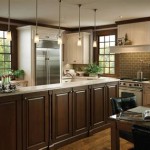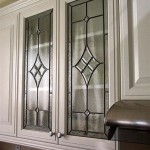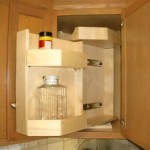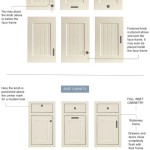How To Paint Oak Cabinets Without Sanding
Painting oak cabinets without sanding may seem like a daunting task, but with the right preparation and techniques, it's entirely possible to achieve professional-looking results. By understanding the essential steps involved, you can transform your cabinets without the tedious and time-consuming process of sanding.
1. Cleaning and Degreasing
Thoroughly clean your cabinets with a degreasing cleaner to remove dirt, grease, and any residue that could interfere with the paint's adhesion. Use a microfiber cloth or sponge to scrub the surfaces, paying attention to corners and crevices. Rinse the cabinets with clean water and allow them to dry completely.
2. Tack Cloth Removal
Wipe down the cabinets with a tack cloth to remove any remaining dust or debris. Tack cloths are specially designed to trap and hold onto particles, ensuring a smooth painting surface.
3. Apply a Primer
A primer is crucial for creating a strong bond between the paint and the oak. Choose a high-quality primer specifically designed for slick surfaces like oak. Apply the primer in thin, even coats, allowing each coat to dry completely before applying the next.
4. Choose the Right Paint
Select a paint specifically formulated for painting cabinets, as it will have superior adhesion and durability. Opt for a paint that offers a smooth, even finish and provides good coverage. Consider using a latex-based paint as it's easier to clean and apply.
5. Brush Painting
Use a high-quality brush with soft bristles to apply the paint. Start painting the top of the cabinets first, working your way down. Apply thin, even strokes and avoid overbrushing, which can cause bubbles or brush marks. Allow the paint to dry completely before applying a second coat.
6. Spray Painting (Optional)
If desired, you can use a spray paint gun to achieve a smoother, more professional-looking finish. Ensure the spray gun is clean and properly adjusted. Hold the gun perpendicular to the surface and apply the paint in even, overlapping strokes. Follow the manufacturer's instructions for the specific spray paint you're using.
7. Dry Time and Curing
Allow the cabinets to dry completely according to the manufacturer's recommended dry time. After drying, the paint will undergo a curing process where it will continue to harden and achieve its full strength. Avoid using or touching the cabinets during this period.
Tips for Success
- Use a ventilation fan or open windows to ensure proper ventilation while painting.
- Protect surrounding areas with drop cloths or painter's tape.
- Test a small, hidden area first to ensure the paint color and finish meet your expectations.
- Don't rush the process. Allow each step to be completed thoroughly.
- Clean your brushes or spray gun regularly to maintain optimal performance.
Conclusion
Painting oak cabinets without sanding is a viable option that can save time and effort. By following these essential steps and incorporating the helpful tips, you can revitalize your cabinets with a professional-quality finish that will enhance the aesthetics of your home.

How To Paint Kitchen Cabinets Without Sanding Or Priming

How To Paint Oak Cabinets Without Sanding 100 Room Challenge Week 2 A Heart Filled Home Diy Decor

Painting Over Oak Cabinets Without Sanding Or Priming Hometalk

How To Paint Laminate Cabinets Without Sanding The Palette Muse

Diy How To Paint Cabinets Without Sanding Vlog

How To Paint Bathroom Cabinets Without Sanding 8 Vital Steps Grace In My Space

How To Paint Kitchen Cabinets Without Sanding Sustain My Craft Habit

How To Paint Your Cabinets In A Weekend Without Sanding Them Chris Loves Julia

Prep And Paint Cabinets Without Sanding

How To Paint Kitchen Cabinets Without Sanding Or Priming
Related Posts

